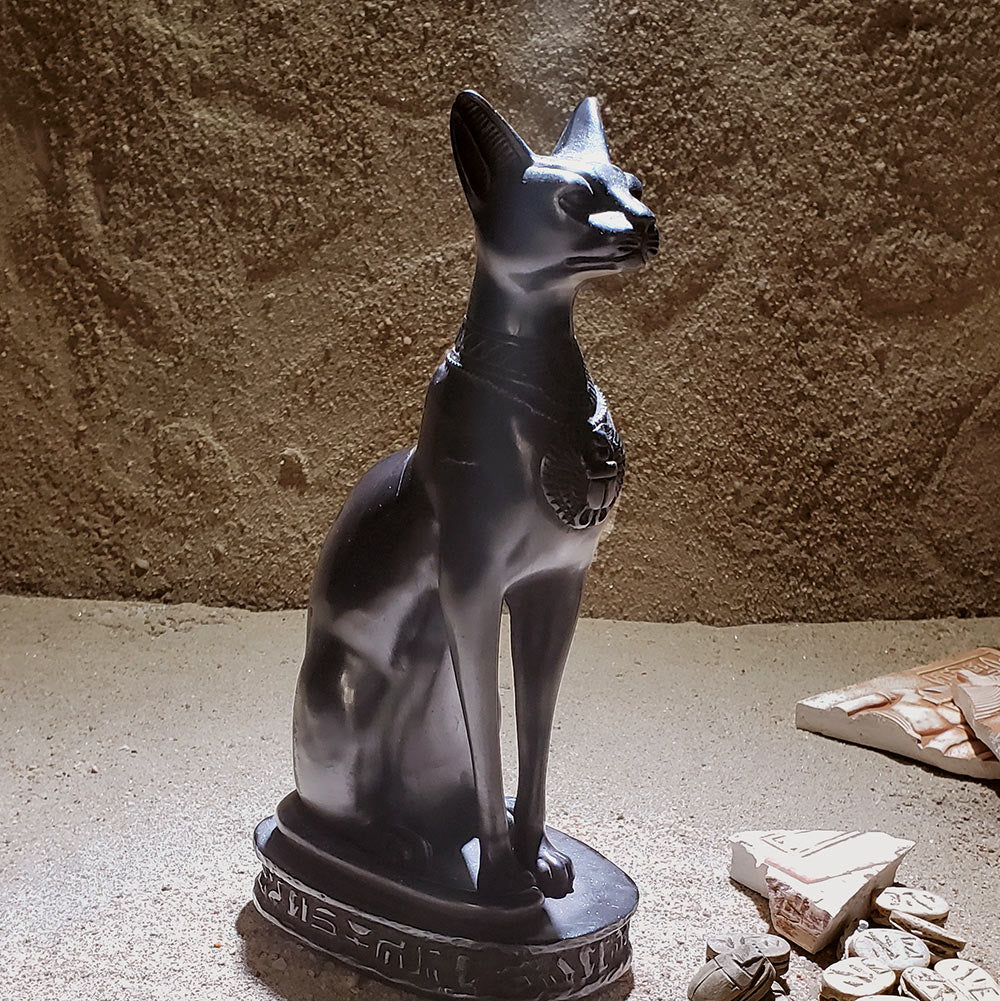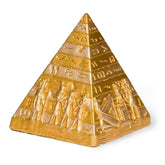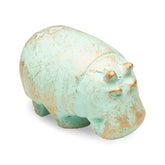The Timeless Legacy of Egyptian Queen Nefertari
Nefertari, whose name translates to "Beautiful Companion" or "Beloved of the Goddess Mut," was not only a devoted partner to Ramesses II but also a woman of remarkable intellect. Her ability to read and write hieroglyphs—a skill rare even among the elite—set her apart. This literacy allowed her to engage deeply in political and religious affairs, making her an influential figure in the royal court.

Perhaps the most vivid testament to Nefertari's prominence is her tomb in the Valley of the Queens. Known as QV66, this burial site is often called "the Sistine Chapel of Ancient Egypt" due to its stunning artwork and intricate designs. The walls of her tomb are adorned with vibrant frescoes depicting her journey through the afterlife, guided by deities such as Isis, Hathor, and Anubis. You can see more photos of Nefertari's tomb here.

Ramesses II’s devotion to Nefertari is evident in the monuments he commissioned in her honor. At Abu Simbel, the Great Temple dedicated to Hathor features statues of Nefertari alongside those of Ramesses, an extraordinary gesture in a culture where pharaohs typically overshadowed their queens in public works. We recently created a statue similar to the depiction of Nefertari at Abu Simbel.
The inscriptions on these monuments highlight the pharaoh’s admiration, referring to Nefertari as "the one for whom the sun shines." Such expressions of love and reverence are rare in ancient records, further underscoring her unique place in Egyptian history.
In Nefertari, we see a queen who transcended the boundaries of her time, leaving behind a legacy that combines political acumen, artistic patronage, and personal devotion. She remains an enduring icon of ancient Egypt, a testament to the power and grace of one of history's most remarkable queens.







